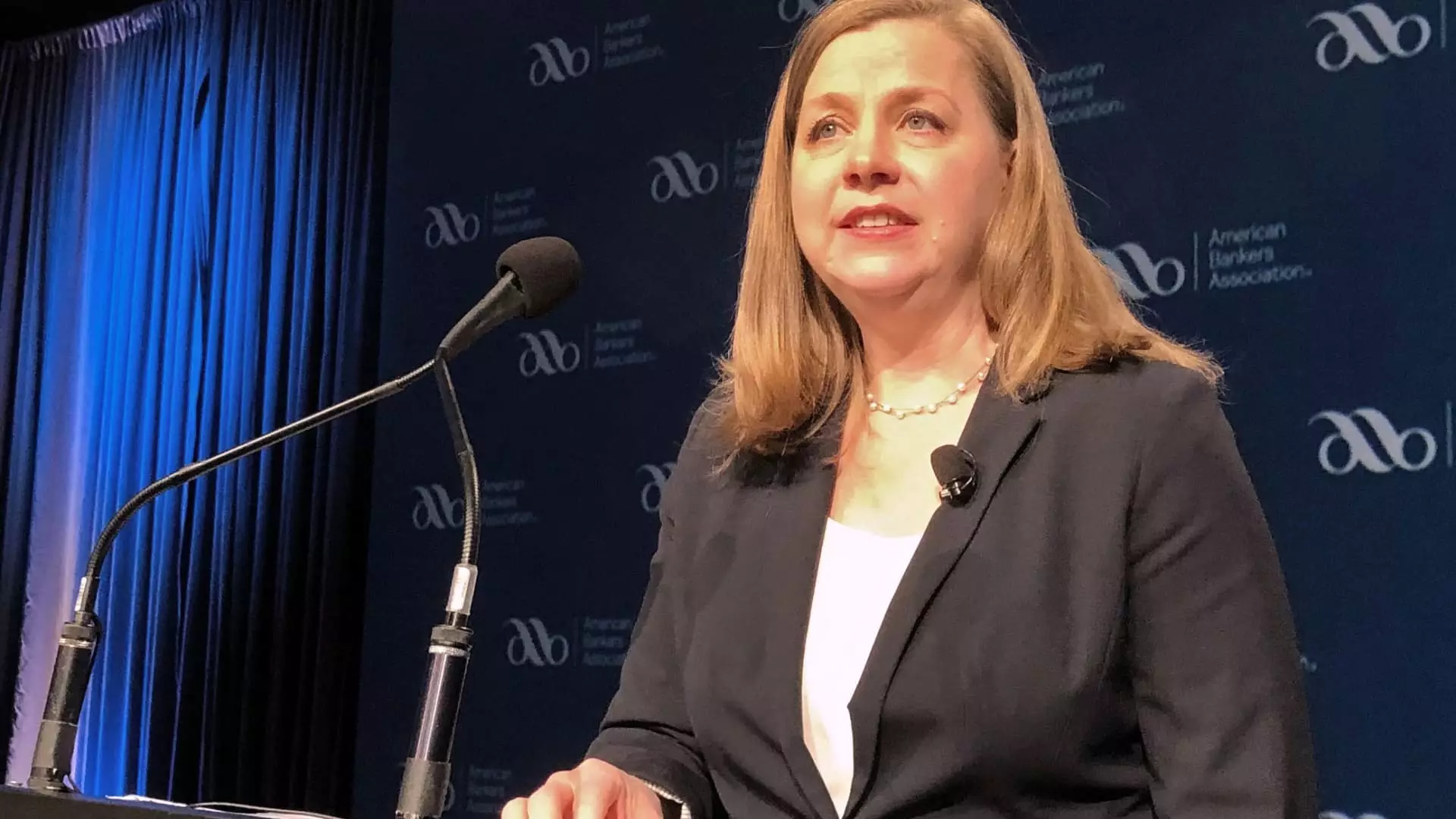In a recent address, Federal Reserve Governor Michelle Bowman expressed her views on the current monetary policy situation, indicating a careful balancing act between maintaining interest rates and addressing inflation. According to Bowman, the existing monetary policy framework is “now in a good place,” a statement that reflects a cautious optimism amidst evolving economic indicators. However, she made it clear that any further adjustments to interest rates would hinge on tangible evidence of continued progress in reducing inflation. This underscores the Fed’s emphasis on data-driven decisions rather than preemptive actions.
Bowman highlighted that the persistence of rising core goods prices since the previous spring poses notable challenges to achieving significant advancements in inflation reduction. While the Governor remains optimistic that inflation will decelerate throughout the year, she cast doubt on how quickly this disinflationary trend will unfold. Her remarks emphasize that the trajectory might be slower and more complicated than initially anticipated. The latest consumer price index data exacerbates this concern, revealing an inflation increase of 0.5% in January, surpassing analyst expectations, thus maintaining the annual inflation rate at 3%. Such figures underline the delicate condition of the economy, defying projections of a more favorable outcome.
Bowman pointed out that the robust state of the labor market continues to pose risks to price stability. Strong employment figures can often lead to wage inflation, which could further complicate the Fed’s efforts to stabilize prices. The interaction between inflation and employment is a well-documented economic phenomenon, where each influences the other. In this scenario, the strength of the labor market might well hinder the Fed’s ability to bring inflation down to more acceptable levels without risking economic stagnation.
At the most recent Federal Reserve policy meeting, the target interest rate was upheld at a range of 4.25% to 4.5%. This decision illustrates the Fed’s current strategy of patience and vigilance regarding inflationary trends. Bowman emphasized that maintaining this policy stance allows for a comprehensive review of economic activity indicators and a better understanding of the implications of governmental policies on the economy.
Moreover, the specter of trade tensions, particularly those arising from tariffs imposed during President Trump’s administration, raises additional concerns regarding future price levels. Economists have expressed apprehensions that ongoing trade disputes could exacerbate inflation, complicating the Fed’s intentions to cut rates further and adding layers of uncertainty to an already complex situation.
While the Federal Reserve maintains a cautiously optimistic outlook on monetary policy, the realities of inflation, labor market strength, and trade dynamics may challenge this perspective. Bowman’s insights reflect a thoughtful consideration of economic indicators as the Fed navigates a landscape fraught with uncertainty. As they approach future policy decisions, the importance of adaptability and data-centric strategies will remain paramount in the quest for long-term economic stability. The evolving situation demands continued scrutiny and a readiness to pivot as necessary, ensuring that inflation can be effectively managed without compromising broader economic health.

